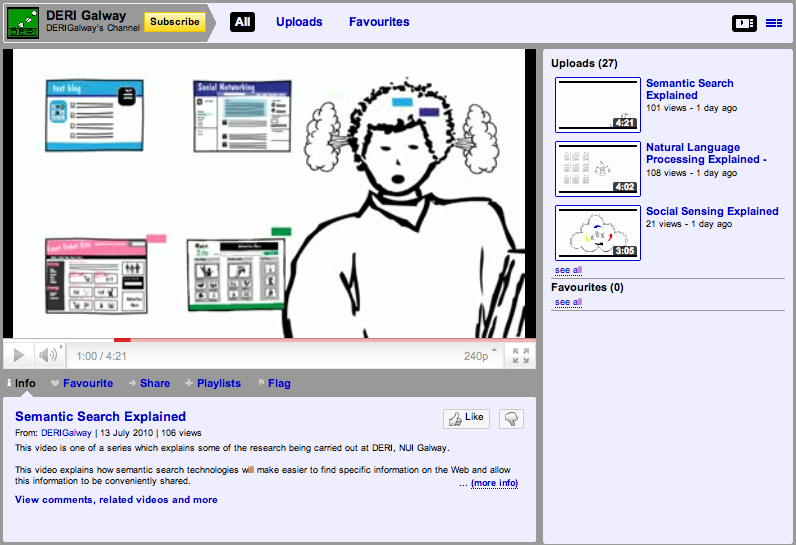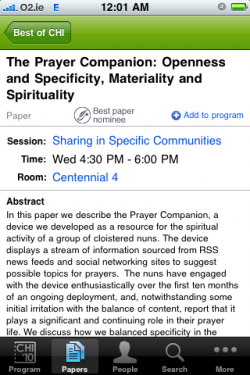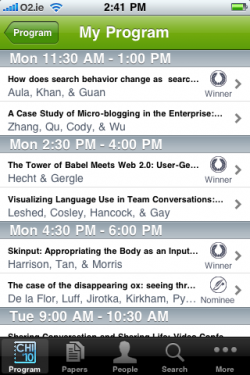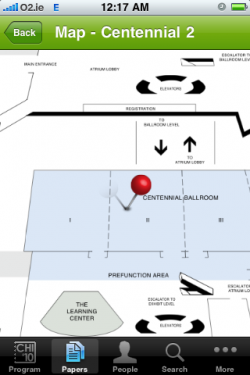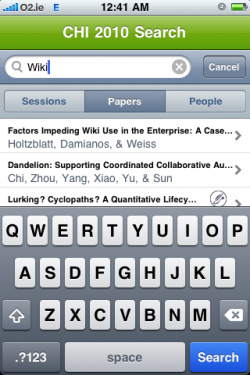The Code4Lib Journal published issue 9 today. It’s a bittersweet day for me, because today also marks the end of my editorship on the Journal. I helped found the Journal, thinking when I signed on that I could just do a little copyediting. Along the way, I’ve taken a turn at many tasks (regrettably, I postponed taking a turn at Coordinating Editor too long).
The Journal published issue 1 in December 2007, but work started in April that year. From the beginning, Jonathan Rochkind served as a moving force. His post “Code4Lib journal idea revival?” ((April 11, 2007 to Code4Lib listserv)) generated a number of responses, in part because he made it sound so easy:
So pretty much all we would need is:
1) An editorial committee or whatever. [Maybe some people imagined some
more ‘revolutionary’ egalitarian type of community process, but I figure
keep it simple, and an editorial committee seems simple, and also
provides some people who have explicitly taken responsibility for
getting things done.]
2) A place to host it. [maybe some kind of “institutional repository”
software would be cool, but in a pinch seems to me a WordPress
installation would do. Keep things simple and do-able and good enough is
my motto. I’m sure one of our institutions would donate server
space/cycles for a WordPress installation for such a journal. ]
3) Maybe a wiki would be nice for editorial commitee discussions.
4) Maybe a simple one page description of the mission of the journal and
what the journal is looking for in articles. The editorial committee can
work on that on the hypothetical wiki.
5) Some articles. The editorial committee can solicit some for the first
‘issue’.
Step 6: Profit! I mean, some e-published articles. No profit, sorry.
After that post, 10 of us stepped forward to decide how to get the Journal off the ground. It surprised me how easy some things were: hosting (thanks ibiblio!), getting an ISSN, finding a sysadmin (the incomparable Jonathan Brinley)…
I spoke at Code4Lib2008, my first Code4Lib conference, due to Jonathan Brinley’s interest in sharing our publishing methods and Jonathan Rochkind’s encouragement. While we looked at other systems, we chose WordPress as a platform, for its simplicity and its customizability. Jonathan Brinley had put in a proposal to Code4Lib2008 to talk about the Journal’s customizations ((The customizations are documented on the Code4Lib wiki, part of a category about the Code4Lib Journal.)) He graciously shared the podium with me and Ed Corrado to co-present “The Making of the Code4Lib Journal”
Since then, the Journal has gone CC-BY (thanks to DOAJ’s prodding and to qualify for the SPARC Europe Seal for Open Access Journals) and agreed to indexing in EBSCO. We’ve published numerous articles (73 + 9 editorials, if I’ve got the count right), from authors on at least 3 continents. All in all, a great first couple years!
While I’m sad to be leaving the Journal, I’m delighted to have been a part of it. A strong Editorial Committee, with new blood in the form of 5 new editors, makes it easier to pull back from this project. As Tom Keays said when introducing issue 7: Code4Lib Journal, Long May You Run!
